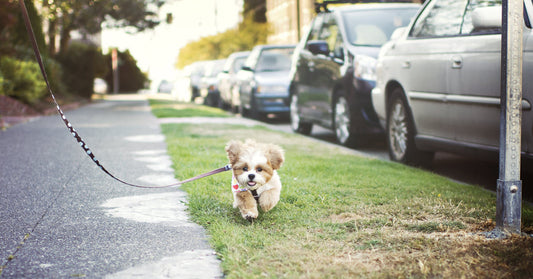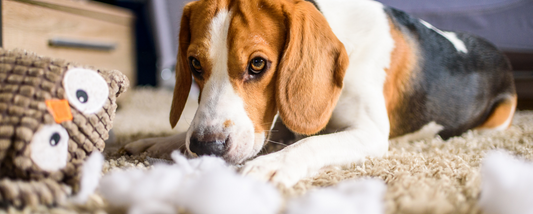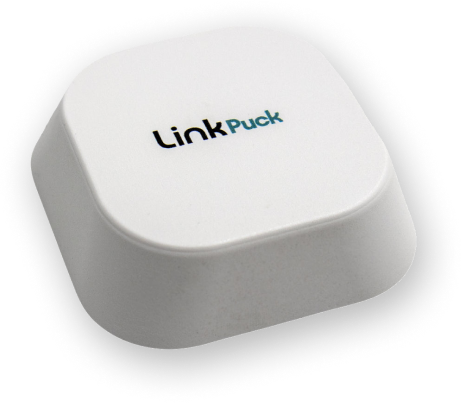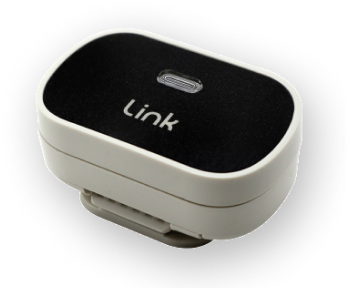Your new puppy is finally home! It’s important to begin training your puppy immediately to prevent your new furry friend from chewing your favorite slippers or peeing in the middle of the rug.
If you’re a new pet parent, you might be confused about where to start. The best approach is to integrate a basic foundation of training right at home. These tips will get you off to a good start:
- Name your new puppy. Help him respond to his new name by using it whenever you feed him or call him over to you.
- Decide on house rules. Decide if the puppy is allowed on your bed or the couch or if part of the house is off-limits.
- Create a special spot for your puppy, such as a comfortable dog bed, where he can relax once he comes to his new home.
- Use crate training. Teach your puppy that the crate is his “den” or safe spot. Fill it with a soft blanket and use treats at the beginning to entice your puppy to go in there. Puppies can't be in a crate for several hours because of tiny bladders. If you work an eight-hour shift, make arrangements to have someone watch your puppy during the day. Puppies under 6 months of age shouldn't be left alone for more than an hour or two at a time.
- Start training young. While some pet parents wait until their dog is almost six months old to begin dog training, it’s beneficial to begin training as soon as you bring them home at eight weeks old.
- Work on housetraining your puppy. Form a schedule. Get up at the same time every day and begin by taking your dog outside. Use a phrase like “go potty,” so he learns the command to relieve himself in the yard.
- Stick to a feeding schedule. Feed your puppy at the same time each time. This helps to regulate his bathroom schedule as well.
- Use food and praise when teaching basic commands. When teaching commands like come or sit, and your puppy complies, give him a treat and heaps of praise, and an affectionate head pat. He’ll see how excited you got and want to do it again.
- Remember that dogs live in the moment. If you don’t catch your puppy chewing your slipper and only see it when you’ve returned home from an errand, you can’t scold him. The puppy won’t know why you’re upset with him.
- Discourage biting and nipping. Say, “No!” if he tries to but never hit your dog. If you can, offer him a chew toy instead.
- Try clicker training. Clicker training shows the puppy exactly which behavior you’re rewarding it for. You use a clicker, or another type of sound device to signal you are praising your pup for doing something good. The dog understands this quicker and is more likely to repeat the action. The Link collar actually has tone and vibration training controls built into the collar that you can use for this type of training. You can control these tools right from the Link app on your phone.
Forming a basic foundation will help you and your puppy form an even stronger bond as you take even more advanced dog training.





